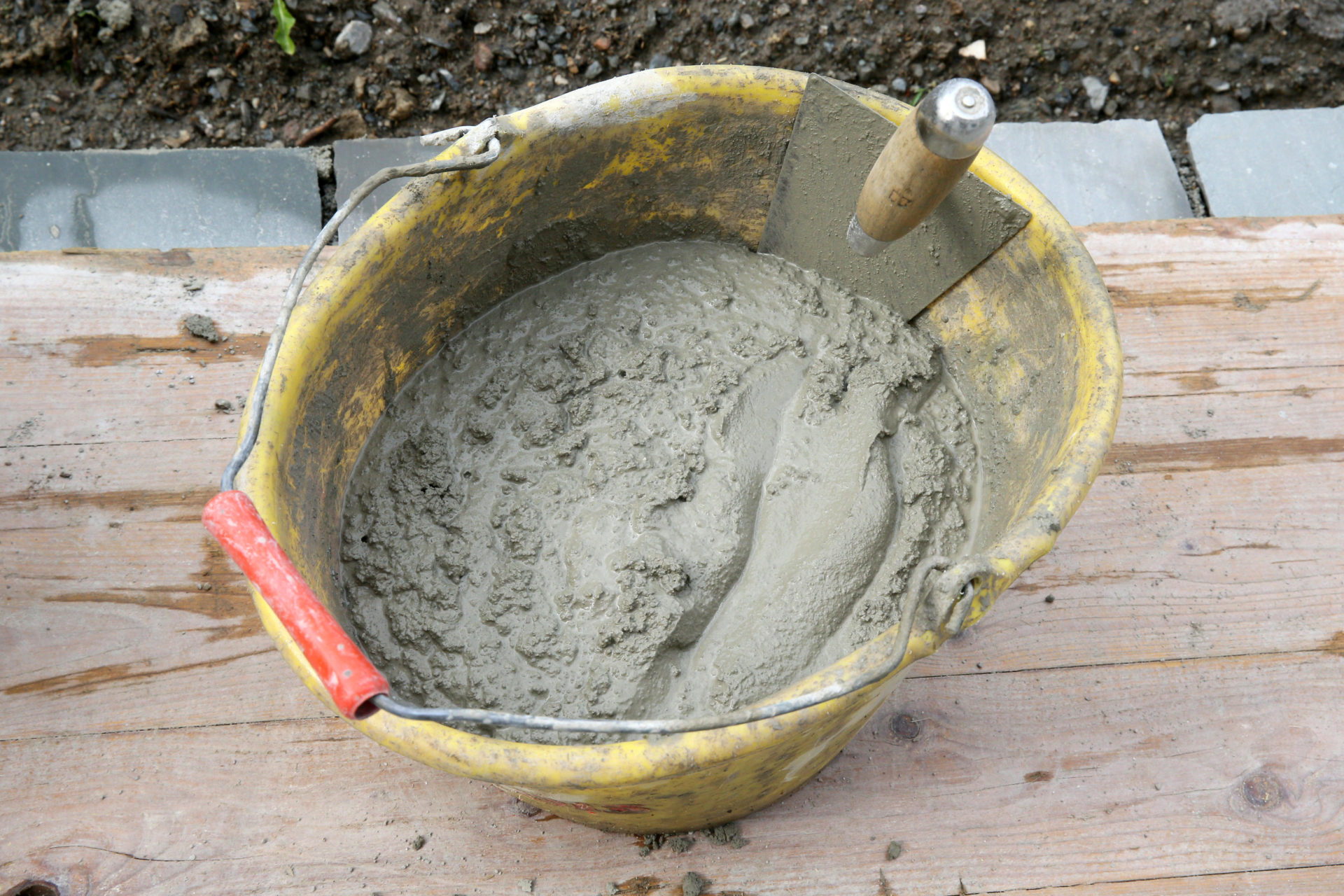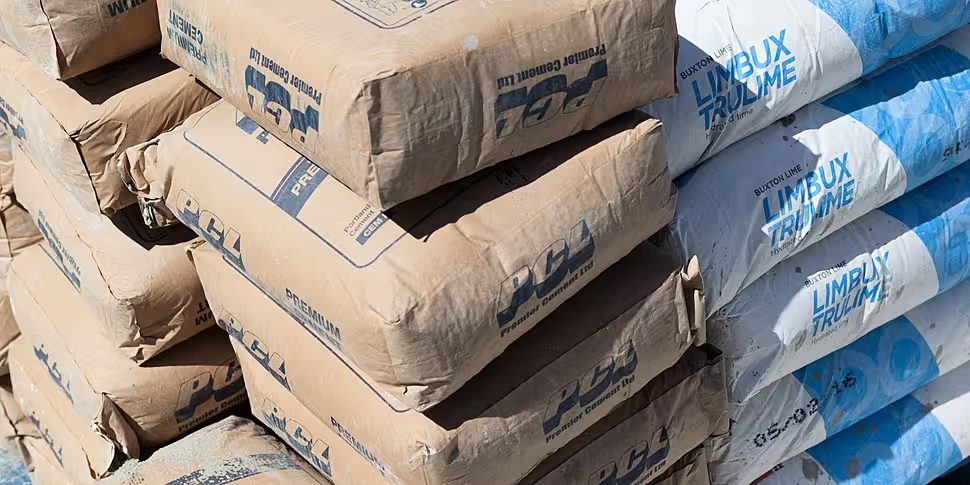Cement production is a “clear issue” in Ireland’s plans to reduce carbon emissions.
That’s according to the Climate Change Advisory Council (CCAA) who are calling for a shift towards sustainable alternatives in the construction industry, like timber.
Cement currently produces 2.5 million tonnes of carbon emissions every year in Ireland.
On Newstalk Breakfast today, CCAA Chair Marie Donnelly said it’s also a big source of emissions globally.
“Cement represents about 7% of global emissions, which means it gives off more emissions than shipping, aviation and long-haul trucks combined,” she said.
“To produce cement, you need temperatures of 900 degrees or more and in order to get that kind of temperature, the production process involved uses fossil fuels, often times coal.
“That is one source of emissions but the actual production process of clinker, which is halfway to cement, also involves the release of carbon dioxide.”
'The opportunity exists'
Ms Donnelly said homes “must be built” in Ireland but using sustainable materials.
“In Ireland last year, about 24% of houses had a timber frame but if you look at Scotland, 80% of their houses are timber frame with a similar climate to ours.
“The opportunity really does exist; they’re faster to build, they’re cheaper, it’s an outlet for our own forests because we export around half our wood abroad as it is.”
“The opportunity exists for us to shift our construction process into timber frames.”
 Cement being mixed. Image: Godong / Alamy Stock Photo
Cement being mixed. Image: Godong / Alamy Stock PhotoThe CCAA chair said there had been regulatory issues blocking timber frames in the past.
“We’ve had a very slow change to our building regulations and to the guidelines in construction,” she said.
“As a consequence, the construction industry has not typically used timber frames in their processes.
“This is starting to move, the building regulations have been clarified and you can build with wood beyond three floors, provided it’s the proper kind of wood.”
Cement issue
Ms Donnelly said it has been identified as a “clear issue” and is being looked at by Government.
“They have set up a working group on it, which is good, but the difficulty is we need action now, we need it immediately,” she said.
“We have to move much faster on these things than we have done up until now.
“There is a technological answer in part to our problems and we have to move much faster to use it and incorporate it into our construction methodology.”
You can listen back here:
Main image: Bags of cement and lime used for plastering. Image: Ian Jones / Alamy Stock Photo









